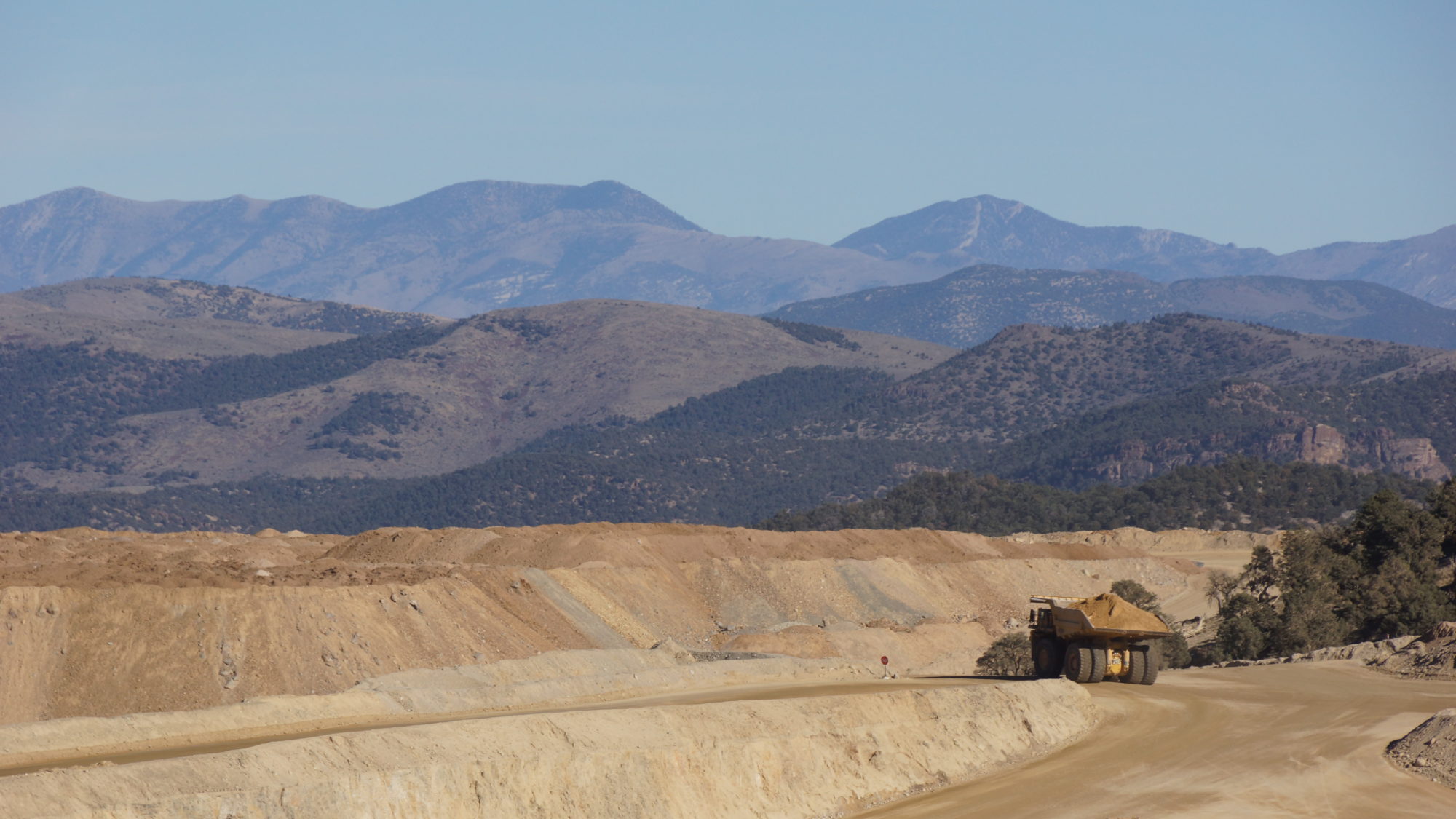Gold mining major Kinross has released its 2022 Climate Report in which J. Paul Rollinson, the President and Chief Executive Officer discusses how it is translating ESG Strategy into Climate Change Action. He states: “We continue to take important steps to address climate change through renewable energy projects, power purchase agreements, electric autonomous haulage partnerships, and energy-efficient opportunities across our sites.”
Kinross remains committed to a comprehensive GHG reduction plan and has already set an interim intensity reduction target of 30% per ounce produced of Scope 1 and Scope 2 emissions by 2030 based on our 2021 baseline of 970 kg of CO2e per Au eq oz produced.
It says its Climate Change Strategy is multifaceted and enhancing the resilience of our business to climate change is one of the five key focus areas of the strategy. “Growing the role of renewable energy in our overall energy portfolio is integral to our strategy, as renewable energy sources contributed 22% to the total energy we consumed in 2022.”
For example, its Tasiast solar project at the Tasiast mine in Mauritania is currently under construction and, once completed, will reduce greenhouse gas (GHG) emissions, contributing to overall company GHG reduction targets. The Tasiast solar plant is a key component of the Climate Change Strategy. At a capital cost of $55 million, we expect the Tasiast plant to provide annualised fuel savings of 17 million litres of heavy oil, with a payback of less than five years. This translates into an 18% reduction of GHG emissions from the power plant over life of mine. Annualised GHG emissions reductions are estimated at 50 kilotonnes CO2e and 22.5% of Tasiast’s energy generation will be from renewables.
Approximately, 90% of Kinross’s emissions come from the power grids it relies on and the mining fleets it has deployed in our operations. “We continue to work with local energy providers for low-carbon options such as the power purchase agreement for 100% renewable power in place at our La Coipa mine in Chile. As to our fleets, we are in discussions with the Original Equipment Manufacturers (OEMs) to explore conversions to Battery Electric Vehicles (BEVs) as the technology develops.”
Kinross also continues to assess and implement energy efficiency projects which are not only positive business decisions, but that also reduce its energy use and carbon footprint. Most of these initiatives are generated, assessed and executed by its site teams as part of normal operations.
Fort Knox in Alaska continues to improve the energy intensity of its mill by using autogenous grinding (AG), which optimises energy efficiency versus throughput, along with other improvements throughout the mill. At the mine haul routes were also re-designed and optimised to be shorter to the Victoria Creek waste pads.
At Tasiast, energy intensity improved year-over-year by 35% to 726 MJ/t of ore processed from 1,130 MJ/ t processed, a significant improvement due to a 75% increase in tonnes of ore processed. Energy efficiency savings and fuel savings were obtained when running powerhouse two at better efficiencies. Haul routes were also shortened reducing the number of trips required. A QA/QC program led to a reduction in the number of blast drill holes that needed to be redrilled.
At Round Mountain in Nevada, Kinross completed a strategic optimisation project, recommissioning an electric shovel to reduce the use of a diesel-fuelled loader. The project was completed in September 2022. In the fourth quarter, the mine saved over 60,000 litres of diesel fuel, and a reduction of 162 tCO2e, due to using the electric shovel in place of the diesel loader. The project is anticipated to achieve monetary savings of approximately $7 million over four years. Over at the Bald Mountain mine, also in Nevada, relocation of fuel skid close to the hauling path of trucks to minimise travel time to the fuel skid.
At Paracatu in Brazil, a hauling fleet optimisation project led to using the existing fleet to produce the required hauling capacity in the mine plan, removing two scheduled purchases of haul trucks from the mine-plan. Two loaders were also replaced with a Cat 7495 electric rope shovel.
As approximately 90% of Kinross’ current Scope 1 and Scope 2 emissions are from mine fleets and power generation, a significant part of its GHG reduction strategy also involves strategic partnerships with equipment manufacturers and energy suppliers.
Initiatives underway include an agreement with Komatsu to take an active role in its zero emission haulage solution, which will target the development of zero-emission haul trucks. Kinross is providing team members, application data, fleet performance requirements and the joint analysis necessary for assisting in product development and evaluation throughout the journey to a net-zero large-scale mining vehicle.
Kinross has also been supporting research since 2018 through an industry consortium with the Canadian Mining Innovation Council (CMIC) to develop a Conjugate Anvil Hammer Mill (CAHM) and MonoRoll, a new crushing and grinding system that could radically reduce energy use in comminution circuits. The project is currently in pilot scale testing, after which mine site testing will occur.
Work is also underway with research and innovation opportunities such as hydrogen power, battery technology, and carbon sequestration and mining electrification.











